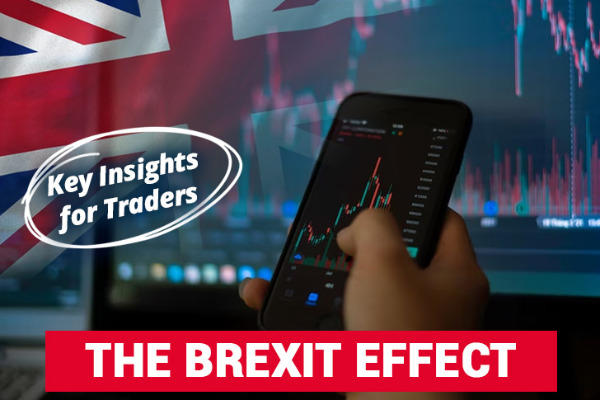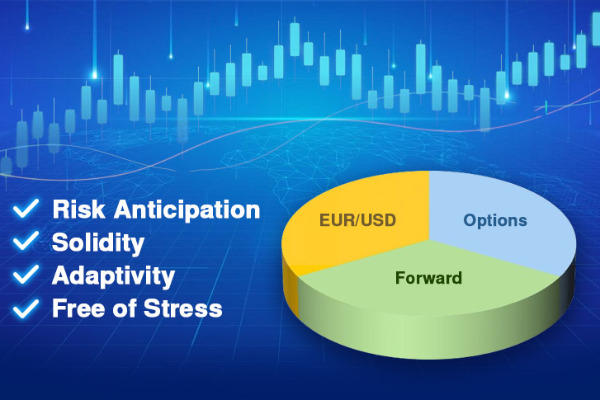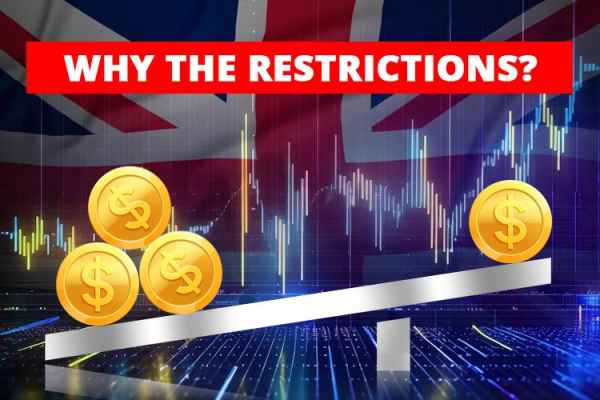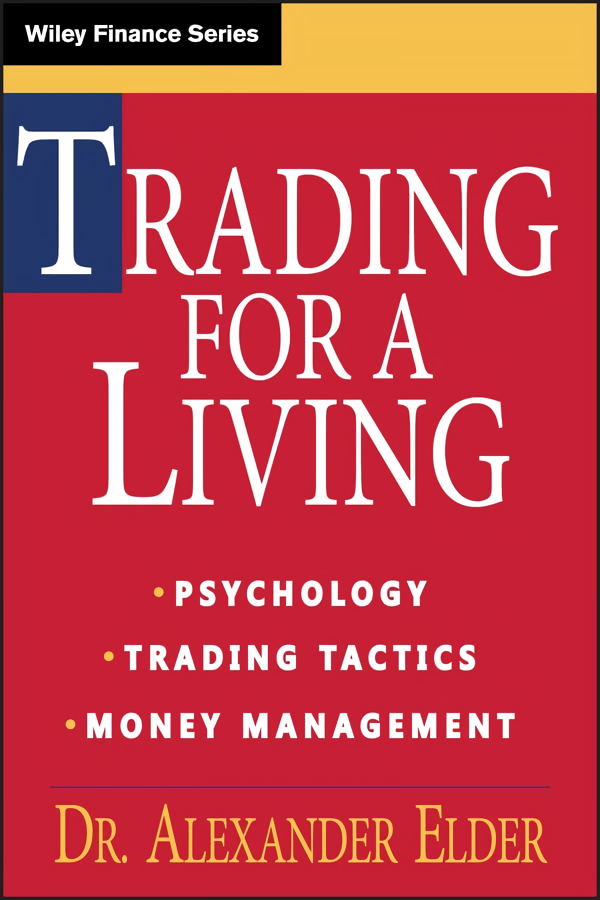We've summarized insights about market trends in 2022 to shed some light on what to expect in 2023 and which investments are worth putting on your to-do list.
Investors were shaken by the worst year in global financial markets since the Great Recession back in 2008. Inflation, rising prices, and geopolitical conflicts played major key roles in this phenomenon, creating a new economic concern after the depressing COVID-19 pandemic era. What's even more interesting is the huge difference between the first and second half of 2022.
At the beginning of 2022, prices were rising significantly in the US thanks to the pandemic supply chain breakdowns and consumer bank accounts stuffed with spendable cash. Businesses started to rise on their feet again and remote work seemed to be the new trend. For many people, there was a real sense that at that point, the pandemic economic crisis was really over.
Unfortunately, that didn't last long as inflation started to become a major issue, particularly in the US. Inflation has forced the Federal Reserve to crush rising prices by rising interest rates. It also got worse in other regions. Europe was in a recession and energy crisis due to the weaponization of gas supplies by Russia. Political turmoil also sent the Pound sterling to fall and hit an all-time low against the US dollar.
So, what does this mean for the financial markets? What should the investors do from here?
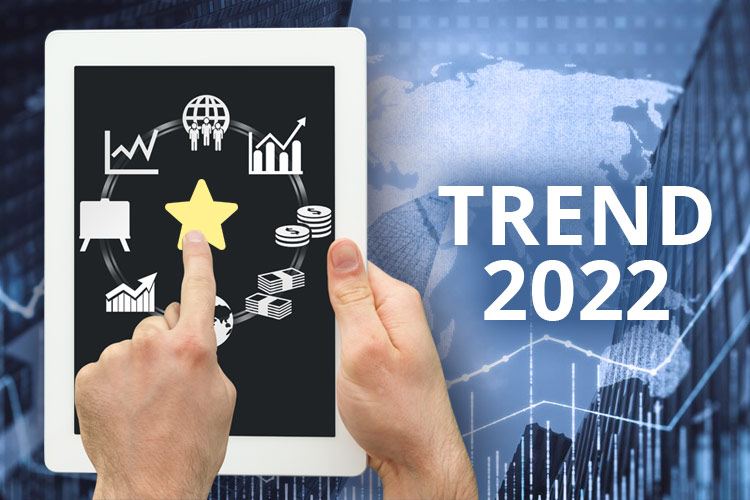
Market Trends in 2022
At the start of the year, the US Google search was dominated by the Great Resignation topic. Apparently, about 23% of US workers were planning to quit their job and seek new employers in 2022. The top reasons were to secure better wages and benefits, among other things. Some of them also simply wanted to find a better working environment and start their own business. In addition, remote work seemed to remain popular as technology improved and workers were getting better at using it.
The first quarter of 2022 also reflected the impacts of the Russia-Ukraine war. For example, the price of crude oil spiked high in the aftermath of the war, causing supply uncertainties in a number of locations. In early March, the price hit a new peak of $125 for the first time in the last 13 years.
In the second quarter of 2022, the US market saw extreme house price growth, renewed interest in value investing, and a Bitcoin crash. Despite rising mortgage rates that lowered sales, house prices continued to rise, reaching up to double-digit price gains than in the first part of the year. The issue was that house prices have increased at a pace that exceeds wage gains, particularly for low and middle-class workers. As a result, it has become much more difficult to afford a home.
On the other hand, the crypto market also came crashing down harder than ever. While crypto prices were pretty high in January and February, things turned dark very quickly. People have been calling it "The Crypto Winter", which apparently not only showed the current situation of crypto prices but also revealed a larger issue in the industry. In the following months, many failures happened, including the fall of Terra and Luna, the trading platform Voyager, the crypto hedge fund Three Arrows Capital, BlockFi, and more.
Inflation then began to take place in the third quarter of 2022. This caused a series of reaction chain events, such as the rise of interest rates by the Federal Reserve and the interest in the rising US dollars. At the central bank's meeting in September, the Fed declared that the rate hikes might slow down the US economy for an extended period and unemployment will be more likely to rise in the near future. Some experts even predict that it will take at least a few years before inflation returns to the Fed's 2% goal.
The fourth quarter of 2022 US investing trend was dominated by OPEC cutting oil production, high layoffs in the technology sector, and curiosity about the future of interest rates. At this point, everyone seemed to be quite anxious as to what would come in the following year.
What to Expect in 2023
In a nutshell, 2022 was definitely eventful. Drastic changes happened in the second half of the year which was mostly dominated by inflation. This uncertainty might extend to 2023 as well, but many experts believe that there are still many interesting opportunities to explore in the current situation. Look for sectors that might have the chance to thrive this year and don't forget to manage your risks well. Consider having alternative investments for your 2023 portfolio to avoid losing too much money.
Lastly, it is also important to find ways to protect your purchasing power, especially considering that economists don't expect the inflation to return to normal times anytime soon. You can do so by investing in Treasury-Inflation-Protected Securities (TIPS) or Series I Bonds, for instance. If you're a forex trader and keen to learn about the bond market, you may do so by exploring Why Do Bonds Affect Currency Movements?

 Dedicated FREE FOREX VPS
Dedicated FREE FOREX VPS Free FOREX Virtual Private Server
Free FOREX Virtual Private Server MT4 Demo Contest, Get $500
MT4 Demo Contest, Get $500 Sign Up for an Account, Claim 60% Deposit Bonus
Sign Up for an Account, Claim 60% Deposit Bonus Free MT4/MT5 VPS 2024
Free MT4/MT5 VPS 2024 Send E-mail and Get Free Merchandise
Send E-mail and Get Free Merchandise $1K Refer a Friend Bonus for Pepperstone Pro clients
$1K Refer a Friend Bonus for Pepperstone Pro clients Maximize Your Earnings with 100% Deposit bonus
Maximize Your Earnings with 100% Deposit bonus Trade to Win, $5,000 Monthly Demo Contest
Trade to Win, $5,000 Monthly Demo Contest Claim 30% + 15% Deposit Bonus from LiteFinance
Claim 30% + 15% Deposit Bonus from LiteFinance



